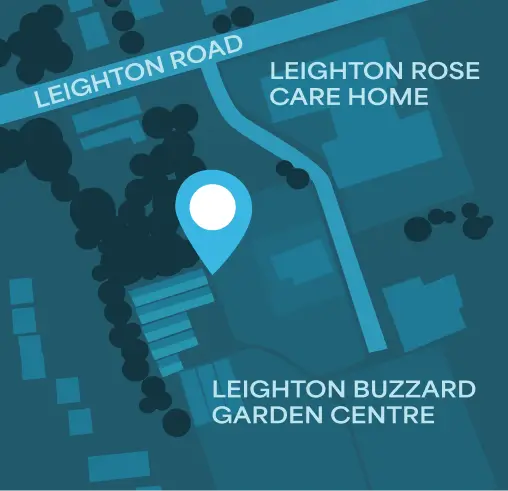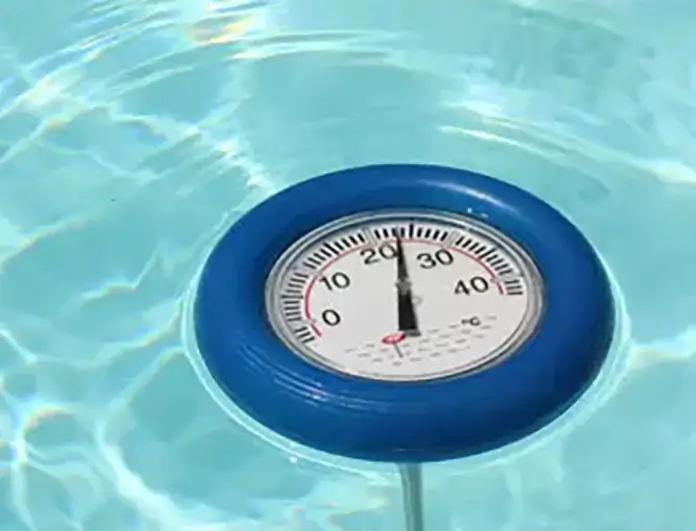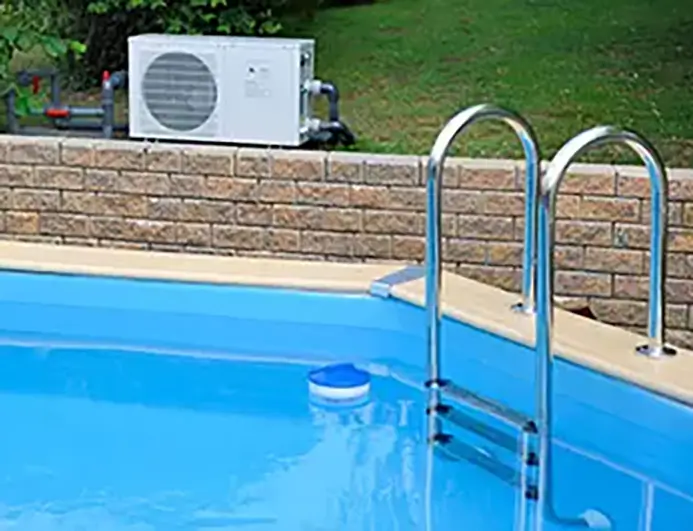Because an air source heat pump works by generating heat from air, the warmer the air, the better the heat pump will work. However, this does not mean that swimming pool heat pumps cannot heat pool water to a hotter temperature than the air itself.
The following are general principles that apply to good quality, high performance heat pumps like Calorex ProPac units. Not all heat pumps fall into this category so it is important to carefully weigh up whether you are looking for a long term solution or just a cheap quick fix heat pump. Buying a unit just because it’s at a lower price generally means you will get what your paying for – a cheap unit that may or may not do what you want it to do and one that will only last a short time- but of course I’m sure you will know that based on other ‘cheap’ products on the market that you may have bought in the past and had to replace! For more information see “What type of heat pump to buy?”
Effects of Air Temperature on a Heat Pump
In essence, a swimming pool heat pump works by removing available heat from the air and transferring it to the water. Although there are specialized units that will work efficiently at very low air temperatures, These are far more expensive that standard summer season units, and you would use a larger kW output for any given size of pool than you would use for summer season heating . Most heat pumps will be working at their optimum efficiency (coefficient of performance or C.O.P. for short), at air temperatures of 15 degrees centigrade and above. However, as the air temperature gets lower, the COP drops. Let’s take a look at what happens to the output of a Calorex heat pump as the air temperature drops:
Heat Pump Temperatures
Air Temperature of 25 Degrees and Above
With an air temperature of 25 degrees and above, the COP will be about 5.5:1. That means, for every pound spent running the heat pump, you will get £5.50 worth of heat when compared to other forms of heating. Great value and fantastic savings on heating your pool!
Air Temperature of 20 Degrees and Above
With an air temperature of 20 degrees and above, the COP will be about 5.5:1. That means, for every pound spent running the heat pump, you will get £5.50 worth of heat when compared to other forms of heating. Great value and fantastic savings on heating your pool!
Air Temperature of 15 Degrees
If the air temperature drops to 15 degrees, the COP of an average heat pump will drop to 4:9, so you are now getting £4.90 worth of heat for every £1 spent. Still good value and great savings!
Air Temperature of 10 Degrees
With an air temperature of 10 degrees, the COP will be about 4.7:1. That means, for every pound spent running the heat pump, you will get £4.70 worth of heat when compared to other forms of heating. Amazing savings on heating your pool in the typical British weather!
Air Temperature of -5 Degrees
Suppose the air temperature is only -05 degrees, what then? Well the heat pump will still be working, and still producing heat, but the COP will have dropped to about 3.9:1. While still giving you heat, the amount of heat you are getting from the heat pump is struggling to overcome the heat loss from an outdoor pool, and so you may find the pool start to cool, (unless you have an up- rated ProPac Y series winter heatpump. At minus 5 degrees the Calorex Heatpump will still be giving you a COP of 3.9, but that will not heat the pool unless you are using a correctly sized Calorex ProPac Y series heatpump. With summer or undersized units all you are doing is paying to keep the heatpump defrosted and put a small amount of heat into the water, and that is being sucked away by the pool structure and heat loss from the pools surface!
It’s a bit like trying to boil a kettle full of water with a single candle! You might make the water tepid given time, and if you burn one candle after another, you could keep it tepid, but you will never boil the water, no matter how much you spend buying candles! You would need either a bigger heatpump or a Calorex ‘Y’ series unit.
Verdict
As demonstrated, there does come a point where it is inefficient to use a summer season heat pump to heat a swimming pool in the cold weather unless you have sized the heatpump to do so, and have a Calorex Y series model.
For this reason, it is important to be careful about companies and website that claim that the units they are selling units that work down to zero degrees, as unless they are specialist units like the Calorex Y series model, you could spend a fortune on electricity and still not keep the pool heated. As you can see, once the C.O.P. drops below a certain level, you may find you are running the unit and producing only enough heat to cover the heat loss, and so you are spending money running the unit for no gain! Calorex units are still very efficient even at minus 5 degrees and their heating capacity and outputs are independently assessed by regulatory bodies to ensure they live up to their claims, unlike other manufacturers who print on their labels what they would like you to believe!
Heating Swimming Pools in Cold Temperatures
This doesn’t mean you can’t heat your swimming pool in the cooler weather, such as we get early spring and late autumn in Britain, it’s just that you it will cost a lot more to heat the water than it will in the summer when the air is a bit warmer (we hope!), so don’t be alarmed if your electricity bill is higher then- you need to consider the whole seasons bill. Its also not generally possible to heat a pool from cold in the winter- a ‘Y’ series model would keep it up to temperature, but even they can’t heat up a pool from cold.
So how do you heat the pool if you want the pool heated all year? Normally the best solution is a conventional boiler (which is obviously not air temperature dependent) in tandem with the heat pump and fitted with an air temperature sensing control so the boiler is only used when the heat pump cannot operate efficiently. This lets the heat pump look after heating the pool until the air temperature drops below a preset temperature of say 7 or 8 degrees, when the controller will cut out the heat pump and turn on the boiler. Alternatively, a Calorex ‘Y’ series heatpump can be used.
Heating Pool Water Hotter Than The Air Temperature Itself
In the same way that a fridge or freezer can cool products well below the temperature of the air outside, a swimming pool heat pump is able to use the same compression and condensation technology to heat swimming pool water well above air temperature.
Many swimming pools are heated to around 28 degrees for several months of the year when the outside air temperature probably averages 10-20 degrees, with night temperatures often dipping well below that mark. Obviously the heat pump will work more quickly and efficiently the higher the air temperature is, but the air temperature is certainly not the limit to which a swimming pool heat pump can heat the water.





